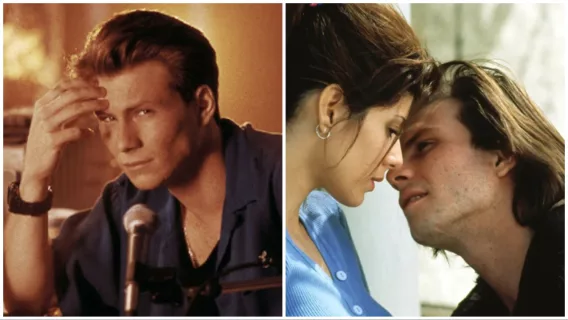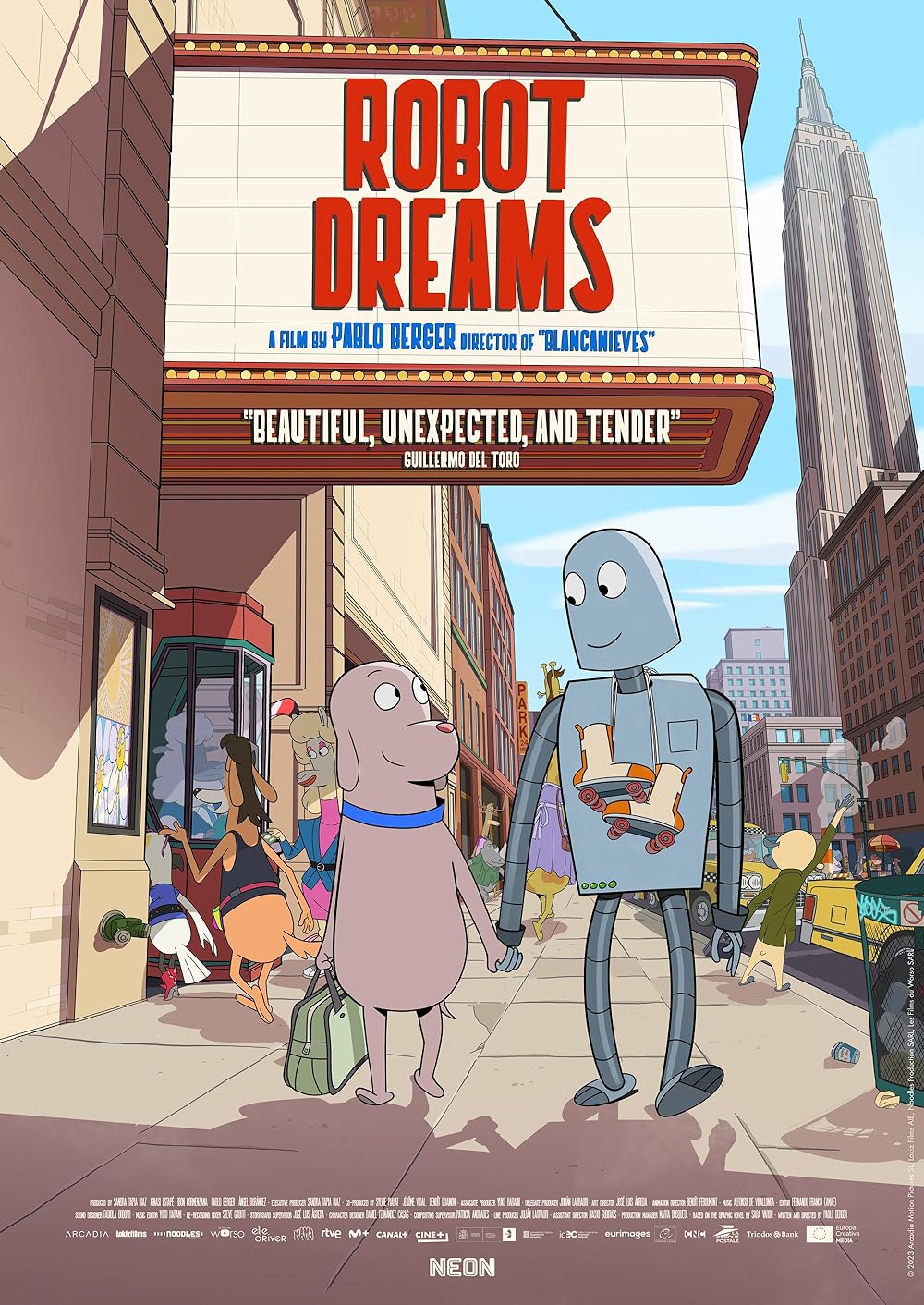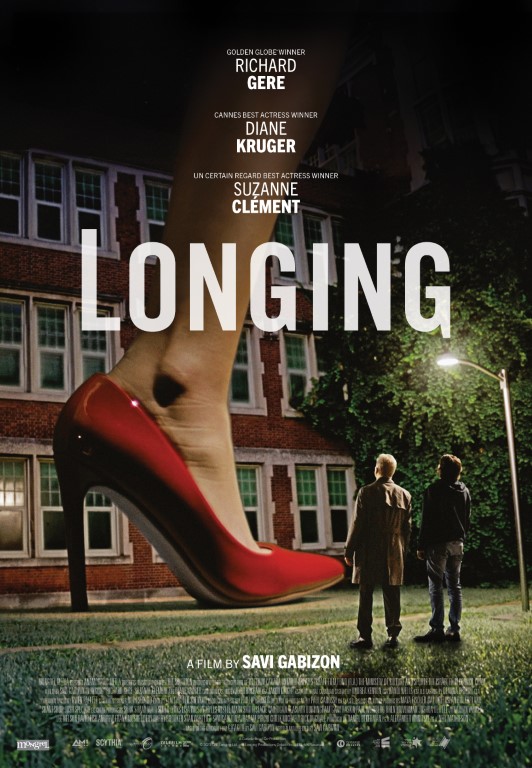This should be obvious, but I’ll say it anyway: Go watch the movie first. Scroll down, watch it, then scroll back up and read the review and Q&A. Part of the joy of doing this piece every month is the discovery process, of hitting ‘play’ and not knowing what you’re getting. “The Year of Staring at Noses” should have no introduction or expectation. Just. Hit. Play.
Okay, so now that you’ve seen the film, you can start reading. Karen Knox and Matt Eastman’s wildly unpredictable and uncomfortably funny film had me fooled for a while and maybe it fooled you, too. There’s a part of me that really wanted to believe it, that the filmmakers had stumbled on some found footage and cheekily interspersed it with homemade disaster videos that are as funny on their own as they are when put in context of a disaster that unfolds before us. From the get-go, I was laughing. Should I kinda feel bad about that if I thought it was real?
The name of this disaster is Samantha Bryan (Knox), a determined young woman who has fallen prey to the influencer mindset that everything about a person has to be filmed and broadcast on the internet in order for it to matter. Samantha has been obsessed for a couple years now with the possibility of being a contestant on “The Bachelor.” We watch clips of her audition videos throughout the years and we get the sense that she’s hiding something, even though everything about her seems pretty generic. One of the best choices Knox and Eastman make is to never, ever show Samantha’s ratings, comments from viewers or how many followers she has. She looks engaged with some kind of an audience, but she also seems terribly lonely.
The films’ title refers to the lengths at which Samantha will go to obtain the love of her life (a man she has yet to meet, mind you). She gets rejected from the show because of her nose, so she sets out to get it fixed and much of the middle section of the film is Samantha checking in with her followers while wearing a bandage around her nose and talking about the experience of it. This adds greatly to the suspense as to whether or not this major investment will pay off. By the midway point, you might be in on the joke, but you definitely want to see where this ends up.
Knox sells the hell out of all of this with her performance as Samantha. We definitely know this type and it did remind me that I am making wise choices by not following these people’s lives through Instagram or TikTok. Knox makes us feel sorry for Samantha even if we are also meant to feel superior to her. “The Year of Staring At Noses” plays with the form by making the viewer feel like they’re getting a screen capture of Samantha’s Greatest Hits. while occasionally clicking on related videos of pratfalls, car crashes and stunts gone wrong. Samantha sees romance on the horizon, but we see the end result of wrongheadedness, self absorption and “spiritual bankruptcy” and that result ultimately runs parallel to all of these failures.
All this makes for a wild ride of a film that is fun to go back and look at a second and third time. I don’t watch “The Bachelor,” but I have indulged in trashy reality TV before (check out “Don’t Tell The Bride” if you want an addictive, completely absurd wedding-based reality show. It’s currently on Tubi). I’m sure not all the rejected contestants are like Samantha, but this film does add another layer of weirdness to the whole concept.

Q&A with star, co-director Karen Knox
How did this come about?
While not a “pandemic film” this story was definitely born out of the mania that the pandemic wrought. During that time period when you were only allowed to see one person “outside your household,” my co-director Matt Eastman and I would go on what we affectionately christened our “depression walks.” We missed movie making, and when I told Matt I was going to get a nose job we joked that we should turn it into a movie. Then, it wasn’t a joke.
We filmed the movie over the course of two years which let us develop the narrative and fine tuned the edit as we shot. What’s great about working with a small crew (two people on this film!) is that you can revise/reshoot as you find the story in real time. There was no “script” for this film – it was more of an intuitive path to finding the ultimate narrative we were trying to tell.
Back to the nose job scene. Are we watching the actual reveal on the film or a reenactment? If real, were you mindful of being “in character” as it was happening?
Right you are! The reveal scene was the very first time I saw my nose “in the flesh.” When the iphone rolled for the clip at the office the nurses graciously decided not to notice that my personality totally switched. I’m sure they’ve seen ALL KINDS of things at that office so they didn’t comment.
Do you think of Samantha as an archetype for these contestants or is this a complete exaggeration?
I think Samantha WANTS to be the archetype for these contestants, but doesn’t quite fit the bill. She ALMOST looks the part, and ALMOST fits the psychological profile, but ultimately there is a delusional extremity to her that makes her unsuitable for traditional reality TV. What I was trying to explore with the character was how, especially in the social media age, it’s easy to believe that a carefully curated version of an idealized self is the only way to find love.

How did you land on the idea of using found footage of other disaster videos?
All credit to Matt Eastman on this one. Matt edited the film, and started peppering in the found footage/memes as an experiment. We wanted the cinematic language of the piece to feel internet-core and to mimic the increasingly delusional mania that Samantha spirals into. We were also both watching a lot of Adam Curtis documentaries at the time, which was definitely an influence. There’s something about his work that is pastiche in an intuitive way. Ultimately, the selection of clips was more emotional than rational.
The final confrontation scene does achieve a tension and realism that is compelling to watch. What was the process of acting in and directing that scene like? Did that need multiple takes and rehearsals?
We shot the scene about four times, but ended up using the first take as it was raw/unpolished in that way you really want this sort of mock verite style to feel. We actually only rehearsed the scene once – but I’ve worked with both of these actors, Taylor Whittaker and Gwenlyn Cumyn, so much that it was pretty easy to trust that it would get where it needed to go.
I have never seen “The Bachelor” myself, but I see it’s still on the air. What, in your opinion, is the draw for people to want to be contestants on these kids of reality shows?
Honestly, fame and love – which at this time in history – I think we have come to see as the same thing. I think a lot of people would choose an army of rabid online fans/simps to a single solid love. By going on “The Bachelor” you have a crack at getting both.

What has the festival reaction been like?
Wild. A lot of welcome confusion about what’s real and what isn’t in the film. It feels like a lot of filmmakers are on the hybrid narrative/doc beat right now. I’ve seen a lot of films on the circuit this year that are using this sort of low budget internet core aesthetic to tell great stories. Talking to other artists about how this is democratizing filmmaking has been really interesting.
What’s next for you?
I have a feature film “We Forgot to Break Up” (BFI Flare, inside Out, Frameline) that is doing the festival circuit right now and will have a theatrical release later this year. I’m also working on getting another feature I wrote financed. The film, “Elicit Illicit” is about the intersection of intimacy and technology, set in a baroque hotel on the brink of collapse during a real-time 90-minute sex party. It’s about spiritual bankruptcy in the digital age and feels like a nice extension of the themes I was circling around in “The Year of Staring at Noses.”












